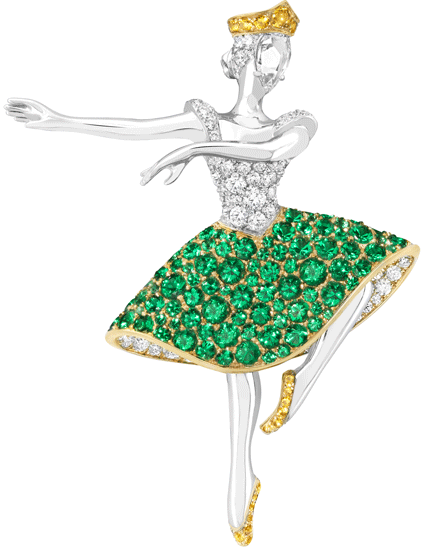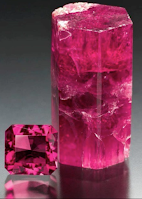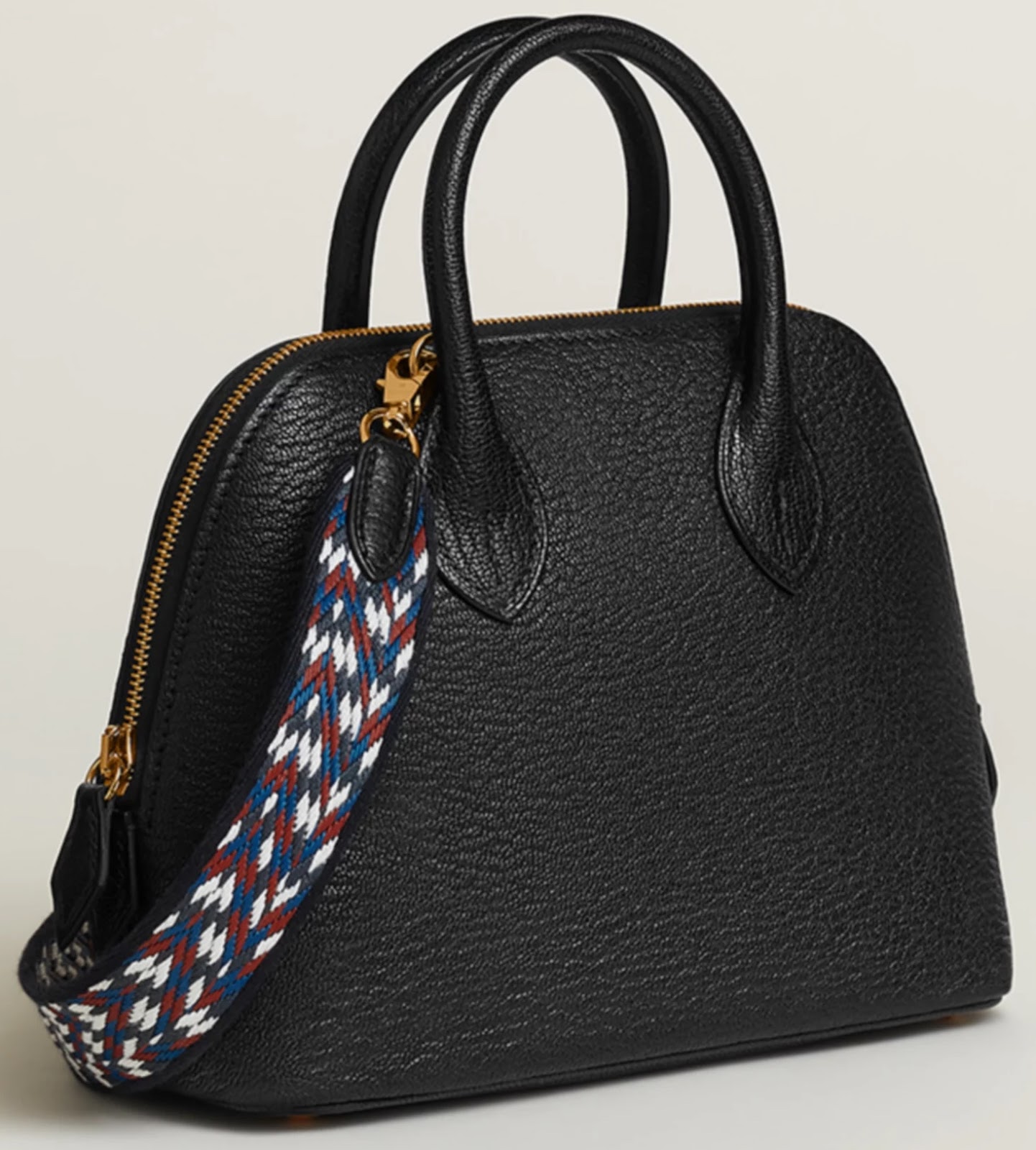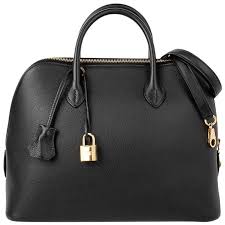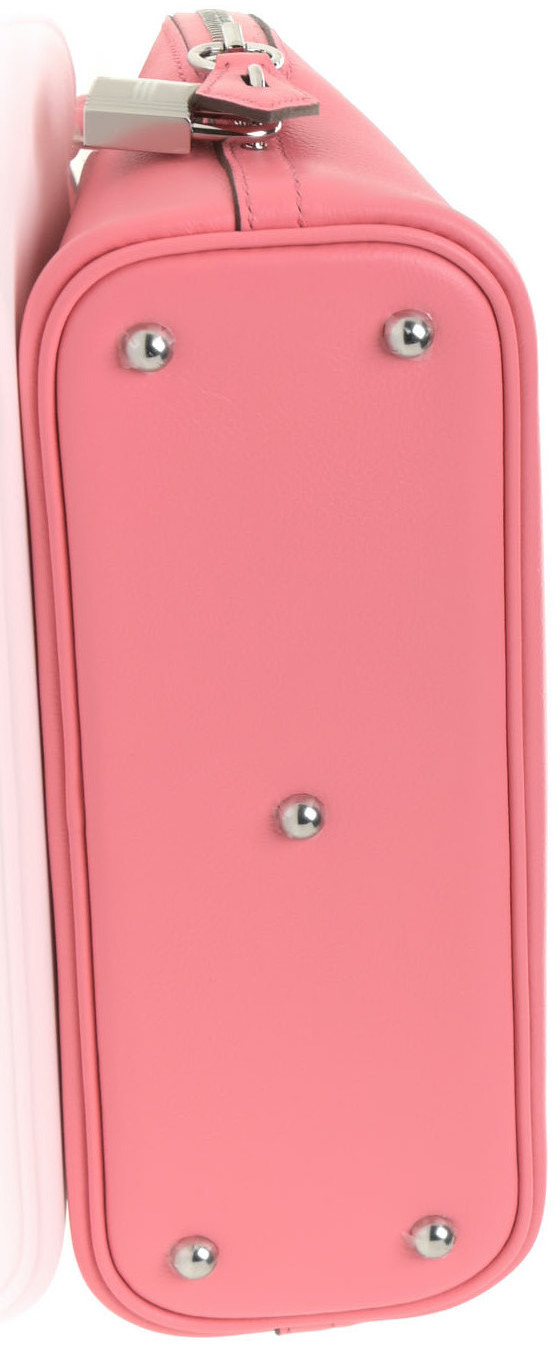 | |
|
 |
| Don't soak pearls in soapy water, wrap them in cloth. |
A few good habits I've already established include always removing my jewelry (consisting mostly of rings and earrings) when showering or doing household chores, and I apply hand cream ringless. With the exception of traveling, I always remove my jewelry before bed and put it in a safe designated place so the jewelry doesn't get tangled, damaged, stolen, or lost. In fact, everything in your home should have an assigned place. (Away from home I sleep without removing my rings and earrings so I don't leave them behind.)
Now I aim to get into the habit of cleaning my jewelry at home in-between yearly professional cleanings. The following is how jewelers advise we do it ...The Best At Home Jewelry Cleaner is none other than soapy warm water. Everything else (vinegar, alcohol, baking powder, salt, or ammonia) is potentially too harsh on gemstones.
Tools and Directions:
1) Add a few drops of Dawn dishwashing liquid into a bowl. It could be any mild dishwashing liquid, but I notice many jewelers use Dawn and therefore so will I.
2) Fill the bowel with lukewarm (not hot) water. Let your jewelry soak for a few minutes to allow the soapy water to loosen any dirt. It turns out that soap works this same way in removing all grime, whether the dirt is on your hands or on your clothes. Soap works by loosening the dirt.
3) Stroke the prongs and around the stones with a new soft bristle toothbrush. Use a new, not an old toothbrush as an old toothbrush may have toothpaste residue on it that is potentially too abrasive for many stones.
4) Rinse with clean water - Some jewelers like to use distilled water for the wash and rinse cleaning cycles of jewelry. Personally, I just use tap water. :)
5) Dry your washed jewelry by laying on and gently rubbing with a soft cloth.
 |
| Effy designed |
1) To be ultra-safe only clean your diamonds, sapphires, and rubies at home as these are your harder more durable stones. Let the professionals clean your emeralds and softer gems unless you have gemstone knowledge. Emeralds have more inclusions and are brittle and oiled, and some other stones may be sensitive to a change in hot or cold temperatures. A jeweler will know the risks of each type of gemstone and how to properly clean them without damaging the stones. So if in doubt, leave a stone out of soapy water, and don't clean with ultrasonic or steam machines! At times I'll run an emerald under warm water.
2) Diamonds ByBonneJewelry dries her diamond rings (on the right👉) with a hot blow dryer to get them to glitter by preventing water spots from forming, but since I'm not a jeweler like Bonnie I'm too chicken to use a hot blowdryer on a piece. When in doubt, leave the heat out!
3) To rinse the jewelry I hold it under the running tap water of a faucet with the sink's stopper plugging its hole in case I drop the piece. If there's any chance your jewelry will go down the drain, go a step further and get out a 2nd bowl filled with clean rinse water. Be safe, not sorry!
So what did we learn today? The best jewelry cleanser for at-home cleaning is sitting right on your kitchen sink: Dawn dishwashing liquid in lukewarm water! It lifts away dirt and safely keeps your sparklers sparkling! Additionally, buy distilled water if you wish; and if brave enough, on diamonds only, dry with a blow dryer for extra shine.
Except where noted, I grabbed the jewelry examples from Macy's website. You always get lovely eye candy on THE SAVVY SHOPPER. You're welcome!














